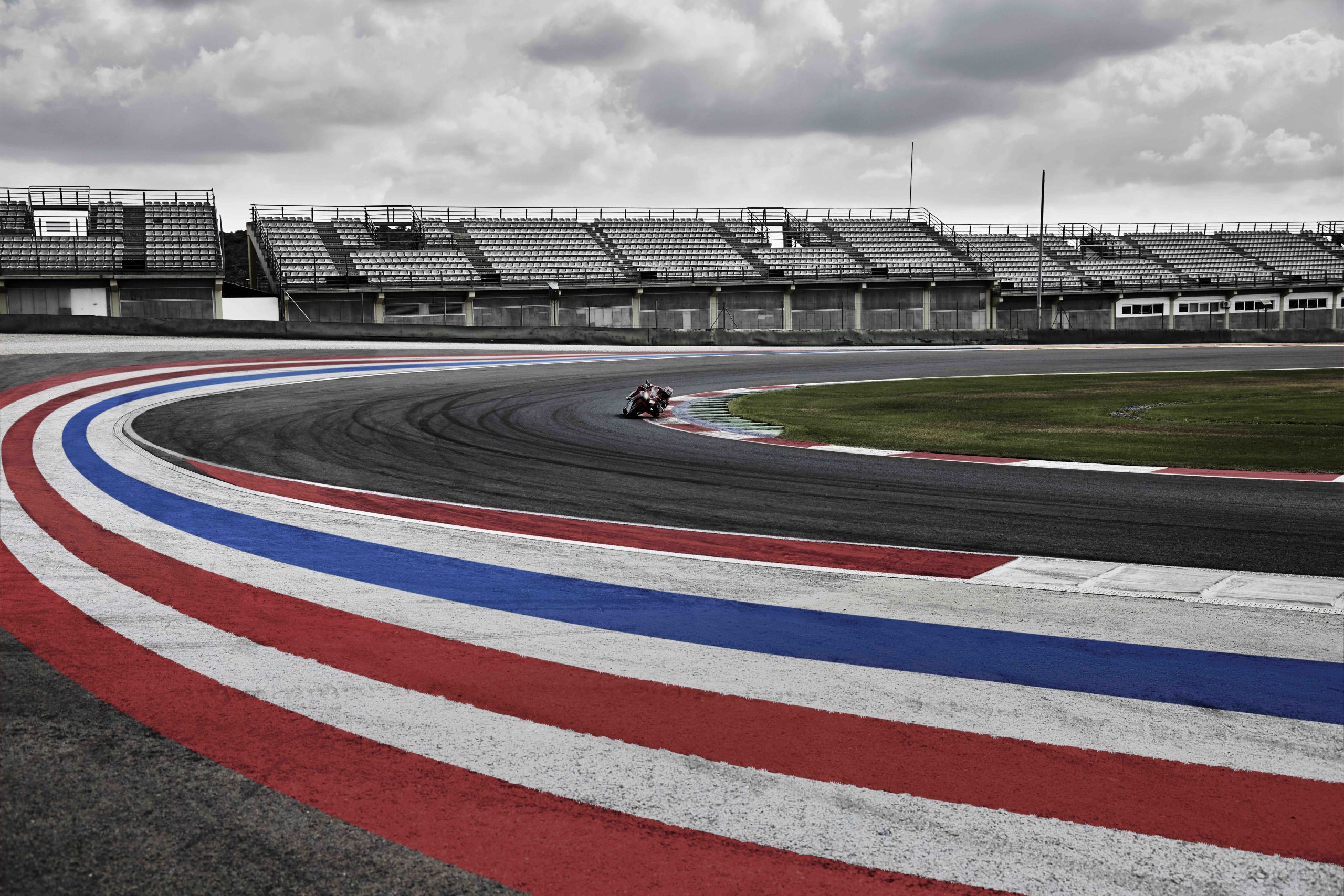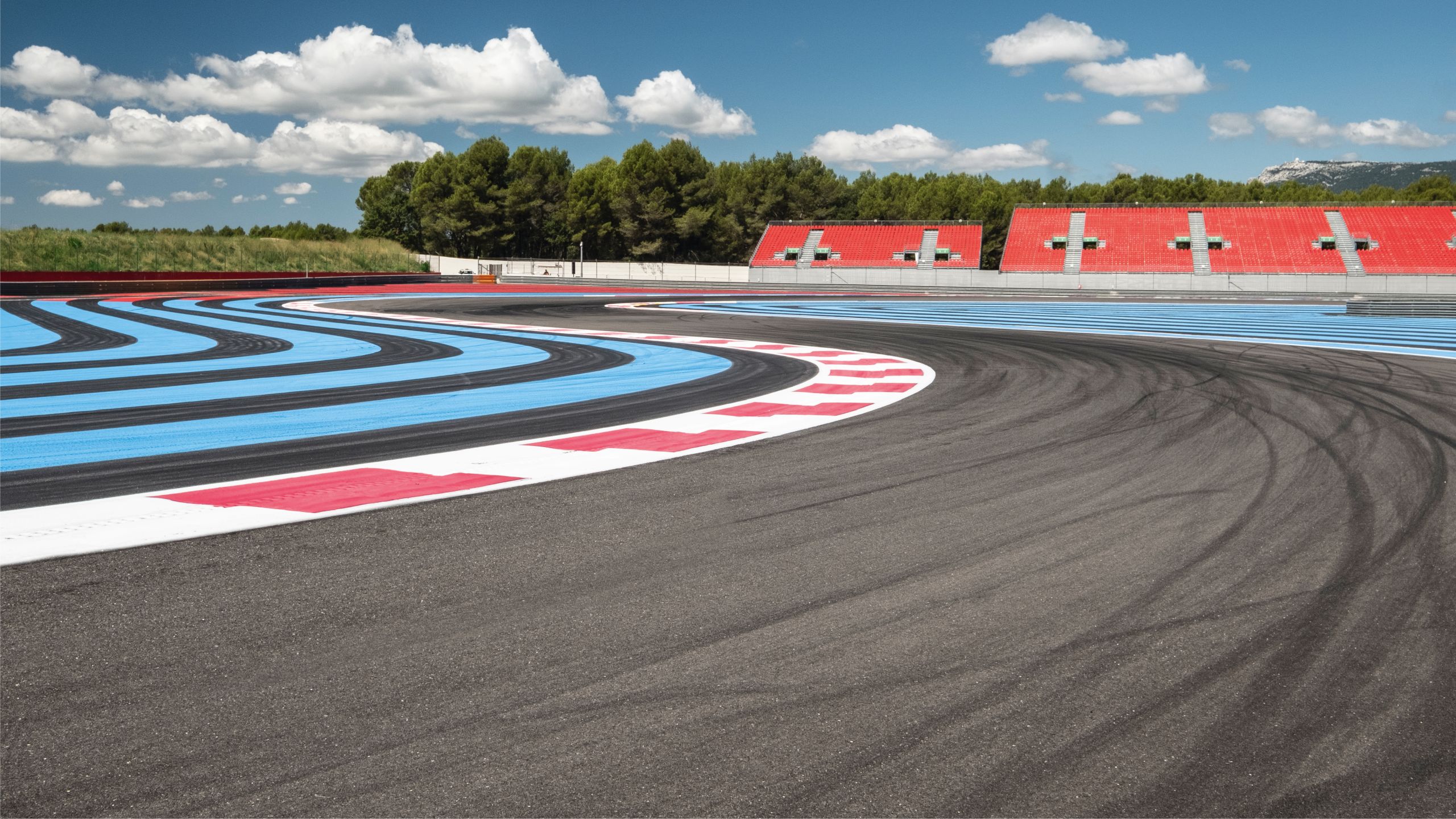The Honda Fireblade:
A short History
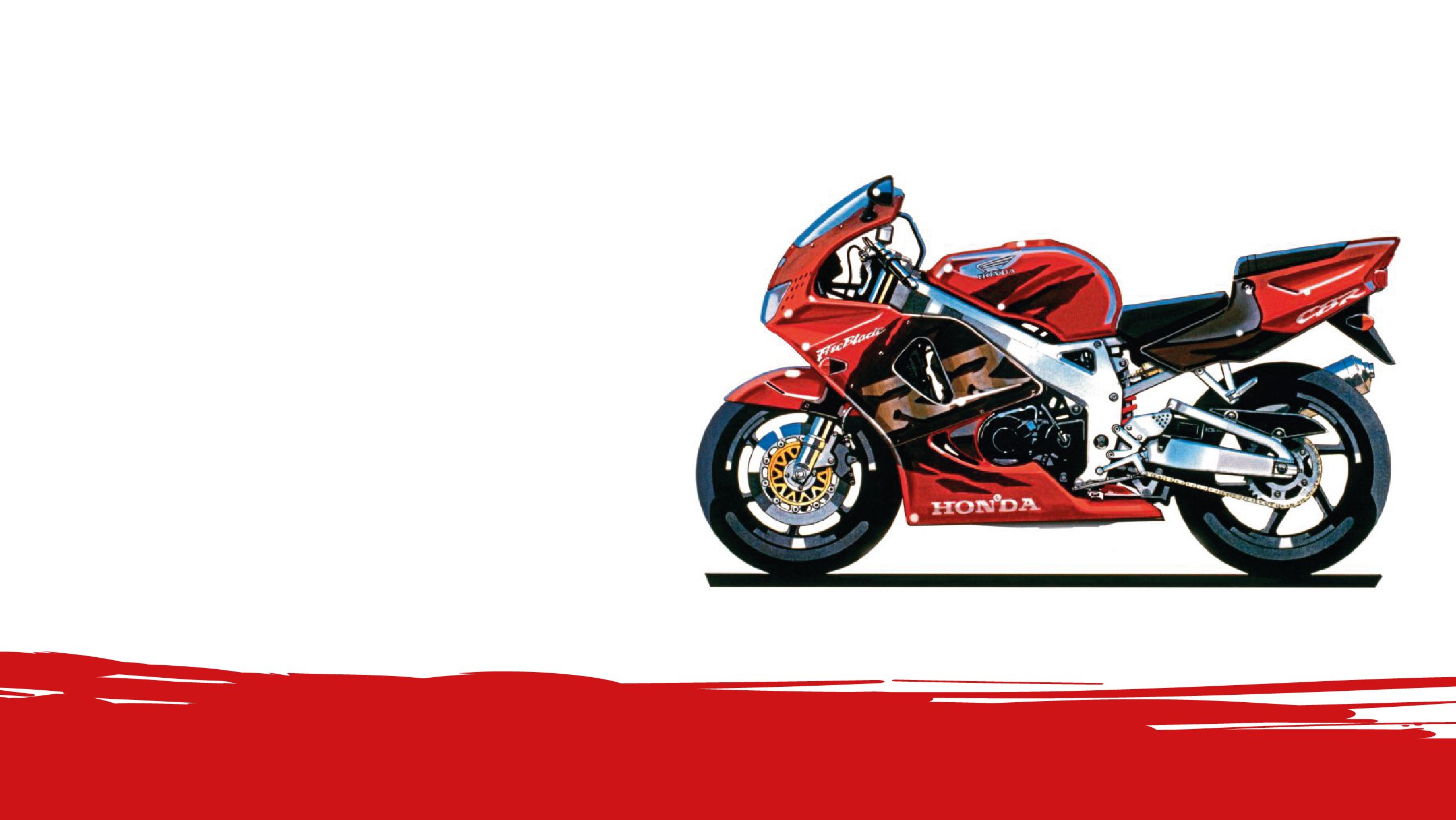
The Honda Fireblade:
A Short History

Back in the late 1980s sports bikes had become rather large and unwieldy and they were designed and built more for straight-line speed rather than any nimbleness in the corners. Then things changed, thanks to a former racer and Honda engineer called Tadao Baba. He was placed on the project team for a new sports bike which was initially headed up for the first six months by HRC’s Yoichi Oguma, but soon Baba-san was appointed project leader and knew what he wanted a sports bike to do. He knew how it should feel and how it should react to a rider’s input. In many ways, this made the Blade one of the few bikes of the time designed to a racer and engineer’s vision than a marketing man’s idea…
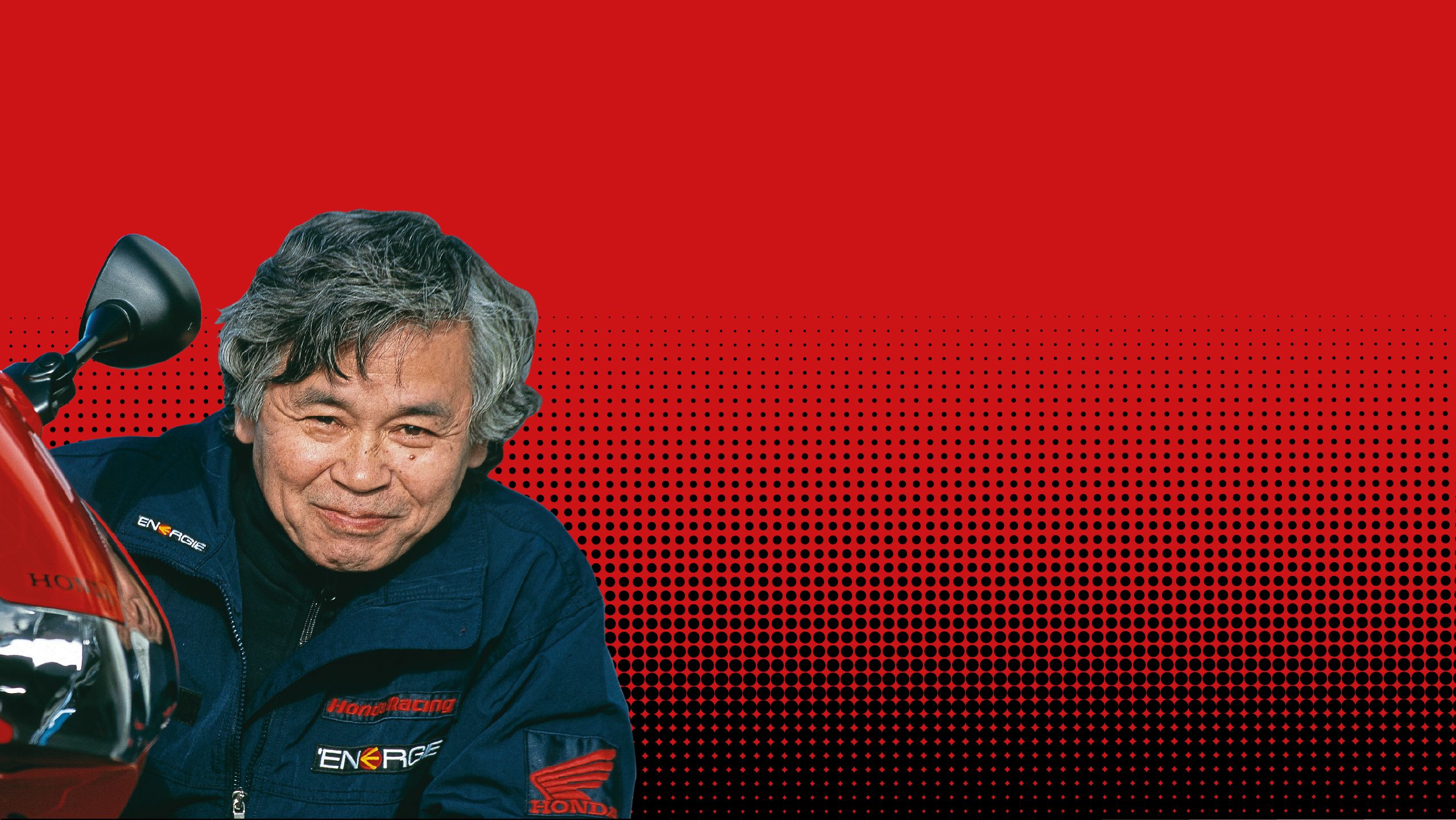
Back in the late 1980s sports bikes had become rather large and unwieldy and they were designed and built more for straight-line speed rather than any nimbleness in the corners. Then things changed, thanks to a former racer and Honda engineer called Tadao Baba. He was placed on the project team for a new sports bike which was initially headed up for the first six months by HRC’s Yoichi Oguma, but soon Baba-san was appointed project leader and knew what he wanted a sports bike to do. He knew how it should feel and how it should react to a rider’s input. In many ways, this made the Blade one of the few bikes of the time designed to a racer and engineer’s vision than a marketing man’s idea…
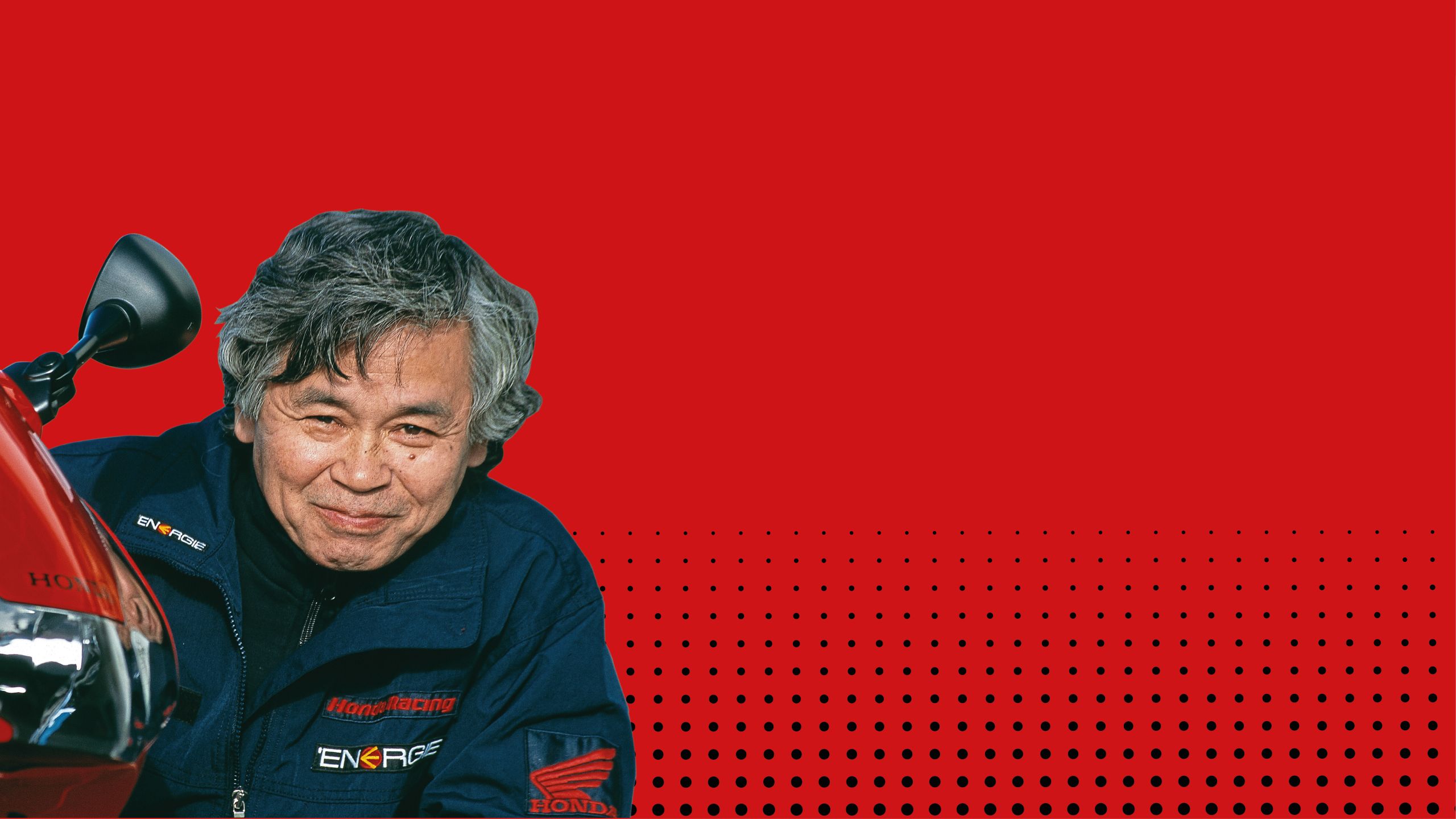
“Bikes at the time in the 1980s were very fast. WHOOSSH,” Baba mimes, making his hand shoot upwards, like a rocket. “But they never turned like a race bike. You see, I wanted a bike that would be good into the corners, which produced good power and had good brakes. A sport bike should be controlled freely as to the rider's wish. In this aspect, all the big monsters from the time were not good enough to be called a sports bike. Yes, they were fast, but, heavy and I thought they were quite dull. The CBR900RR made its debut in 1992, but it took us more than three years of test and development to reach that point. We knew we must go back and start again with sports bikes. We wanted to give riders something over which they had ‘total control.”
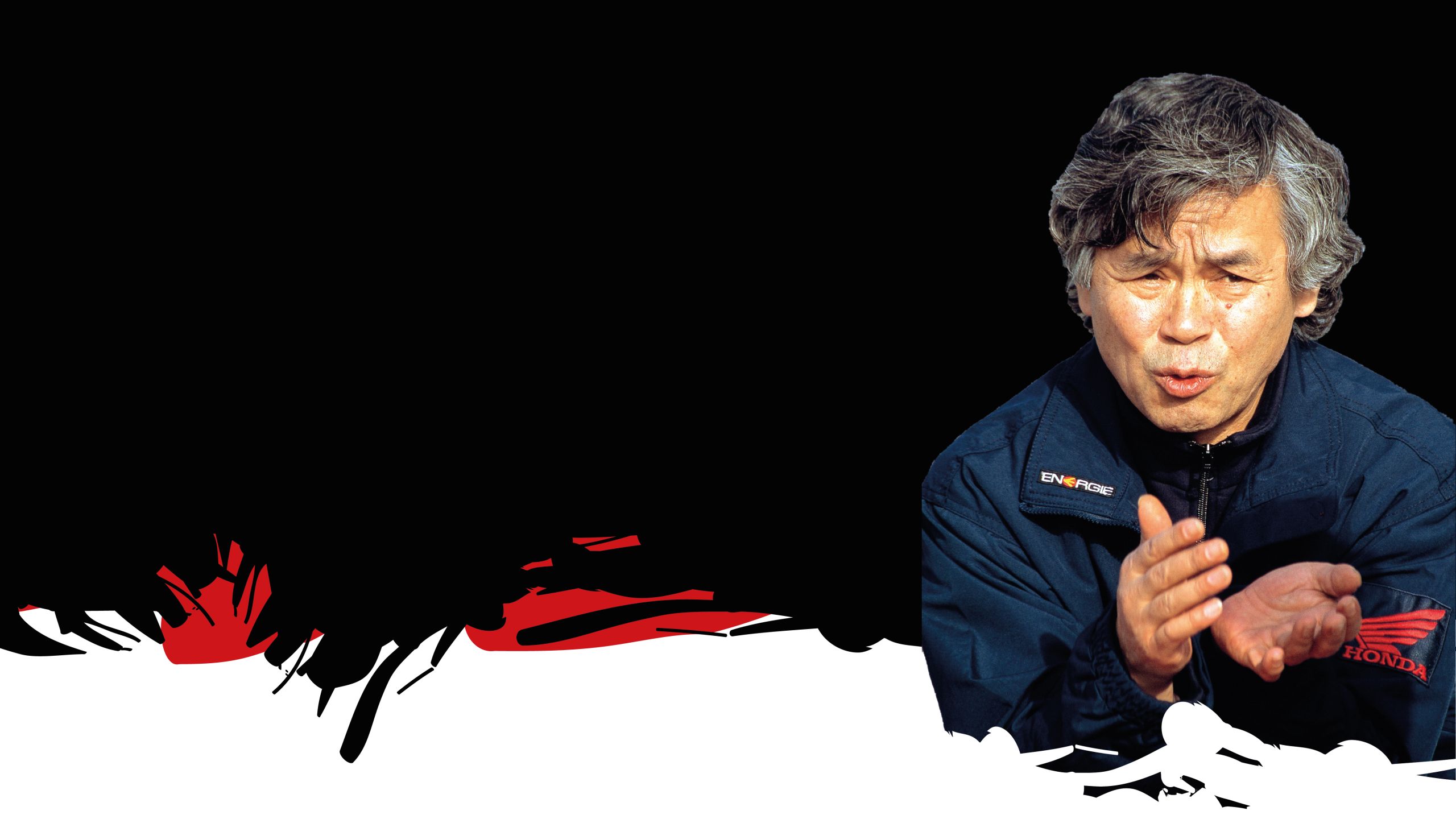
“Bikes at the time in the 1980s were very fast. WHOOSSH,” Baba mimes, making his hand shoot upwards, like a rocket. “But they never turned like a race bike. You see, I wanted a bike that would be good into the corners, which produced good power and had good brakes. A sport bike should be controlled freely as to the rider's wish. In this aspect, all the big monsters from the time were not good enough to be called a sports bike. Yes, they were fast, but, heavy and I thought they were quite dull. The CBR900RR made its debut in 1992, but it took us more than three years of test and development to reach that point. We knew we must go back and start again with sports bikes. We wanted to give riders something over which they had ‘total control.”

Originally the FireBlade was going to be 750cc (test riders even rode such a machine) but Honda felt this could affect sales of their own 750cc sports and sports-touring products, the same with the CBR1000F if they made it a litre bike. In the end, Baba-san took the frame and chassis components of the 750 and found that an 893cc motor would just fit between the frame rails. Mass centralization would also be used, making each component as light as possible while placing the heavier items close to the centre of the motorcycle’s mass.
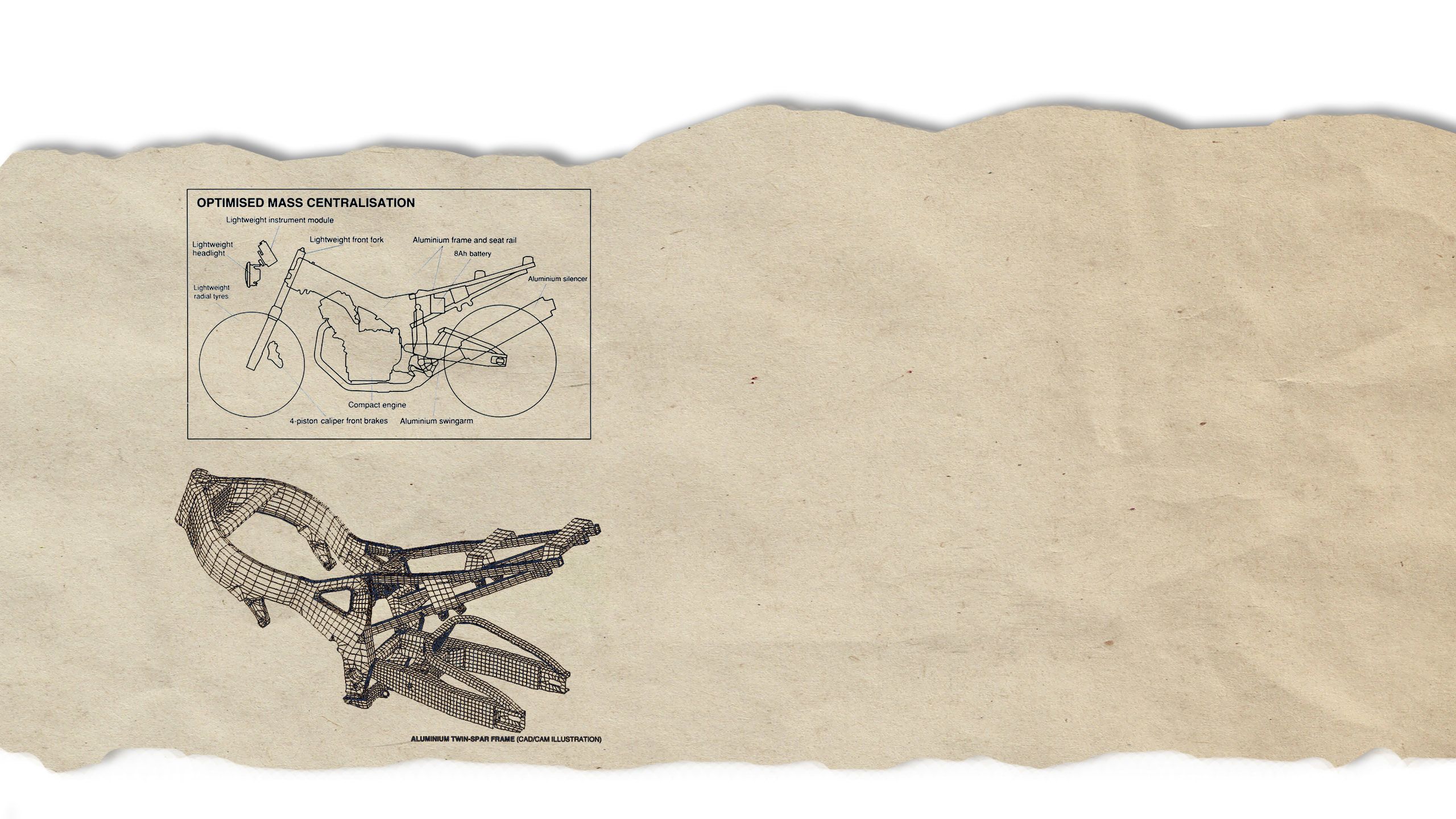
Originally the FireBlade was going to be 750cc (test riders even rode such a machine) but Honda felt this could affect sales of their own 750cc sports and sports-touring products, the same with the CBR1000F if they made it a litre bike. In the end, Baba-san took the frame and chassis components of the 750 and found that an 893cc motor would just fit between the frame rails. Mass centralization would also be used, making each component as light as possible while placing the heavier items close to the centre of the motorcycle’s mass.
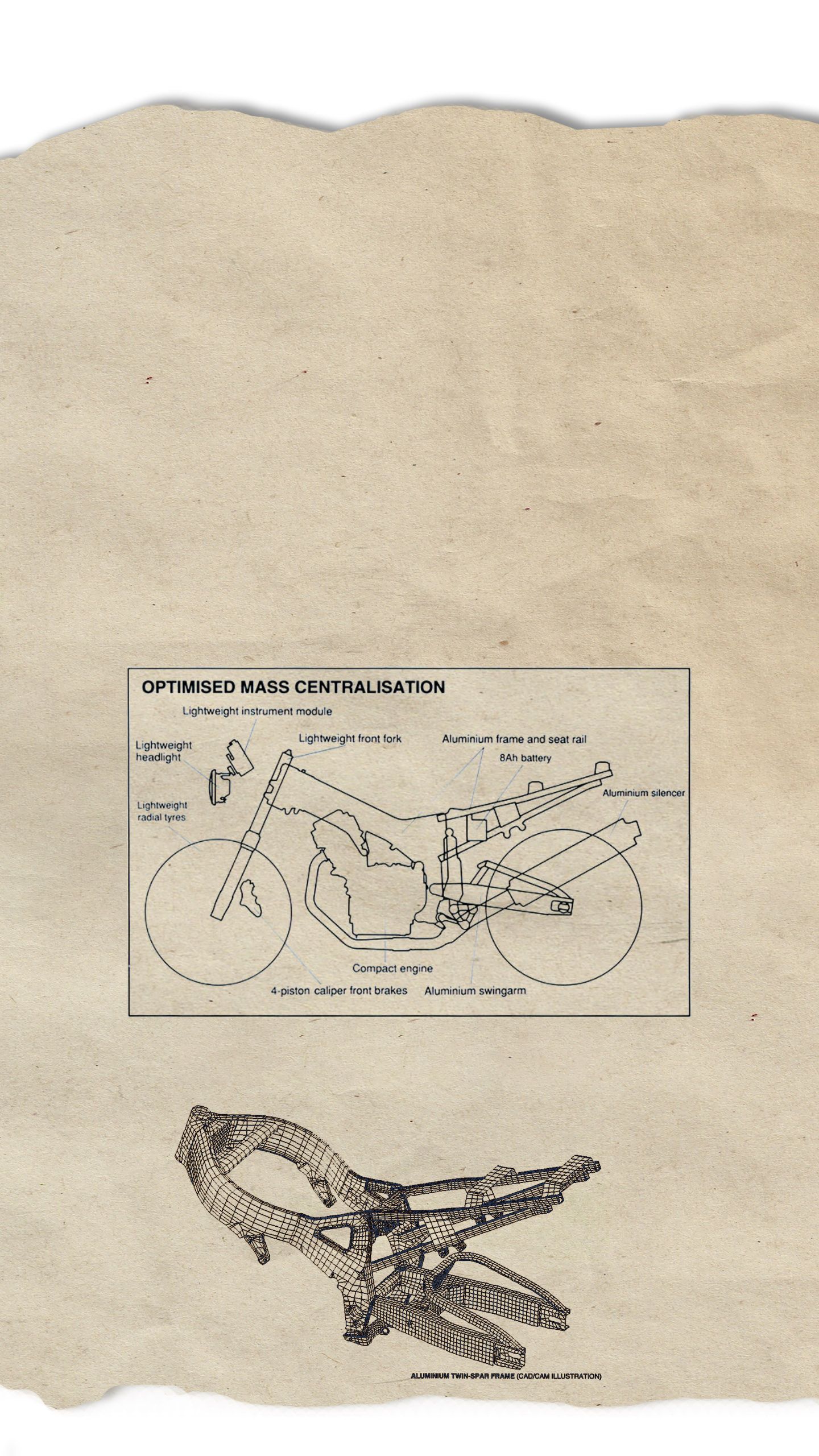
The FireBlade name was almost a direct translation of the Japanese word for ‘lightning’ and while the bike itself didn’t push the technological boundaries (being a proven 16-valve, liquid-cooled inline four cylinder) it was a positively slim 185kilos with around 120bhp pushing it. This made it light and agile like a 600cc supersport machine but with the comparable grunt and power of a litre-class sports bike.
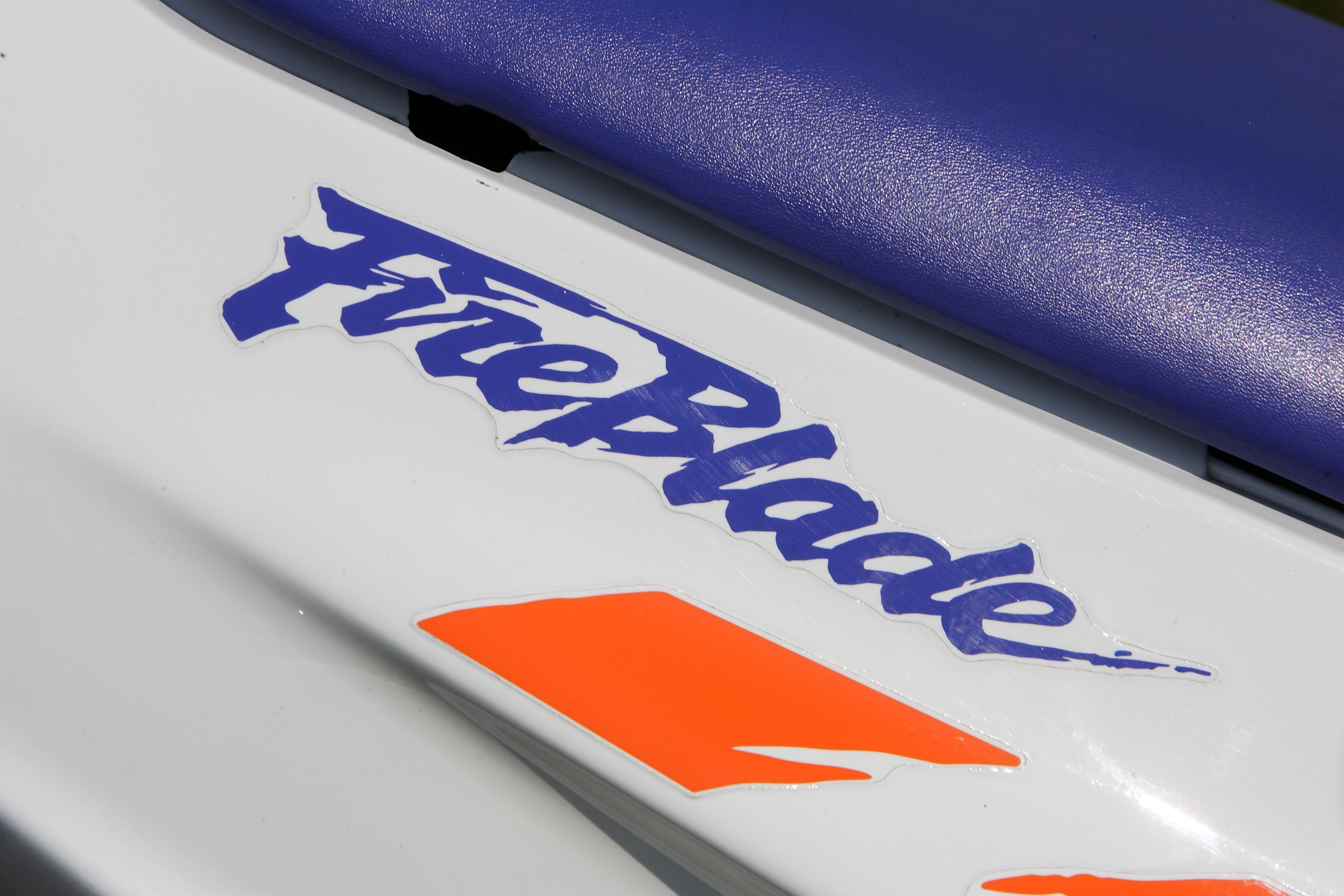

And so the legend began. The Honda CBR900RR FireBlade was launched in the UK in the spring of 1992 costing just £7390. It blew away the opposition and became the benchmark large-capacity sports bike for years to come: Honda even made it look fierce in a beautiful colour scheme of black and gunmetal, even if the original red/white and blue was the most popular.
History shows that the FireBlade didn’t have things its own way and the bike had to be continually developed to stay ahead of the chasing pack. In had come improved suspension and gear-change for the 1994/95 RR-R/RR-S model – along with new aesthetics which changed the twin-headlight stare of the original Blade into a lupine-like ‘Foxeye’ look, with a multi-reflector headlight arrangement. Further updates for the RR-T/V of 1996/97 gave the Blade increased capacity (now up to 918.5cc) along with still more suspension improvements and more relaxed ergonomics. With 1998/99’s RR-W/X, in came another visual update and around 128bhp but by this time the opposition had caught up, so it was back to the drawing board for the new Millennium’s FireBlade.
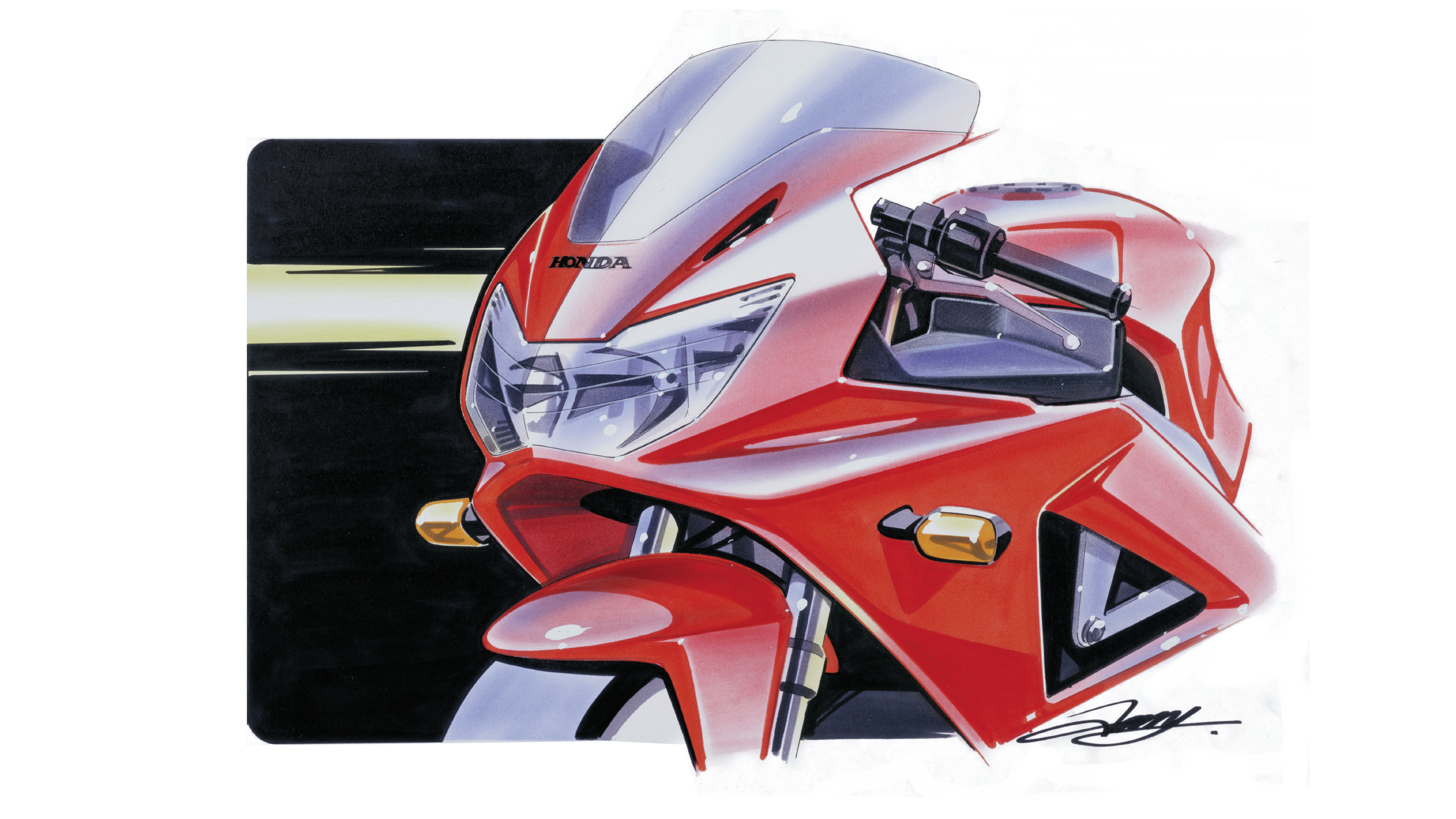
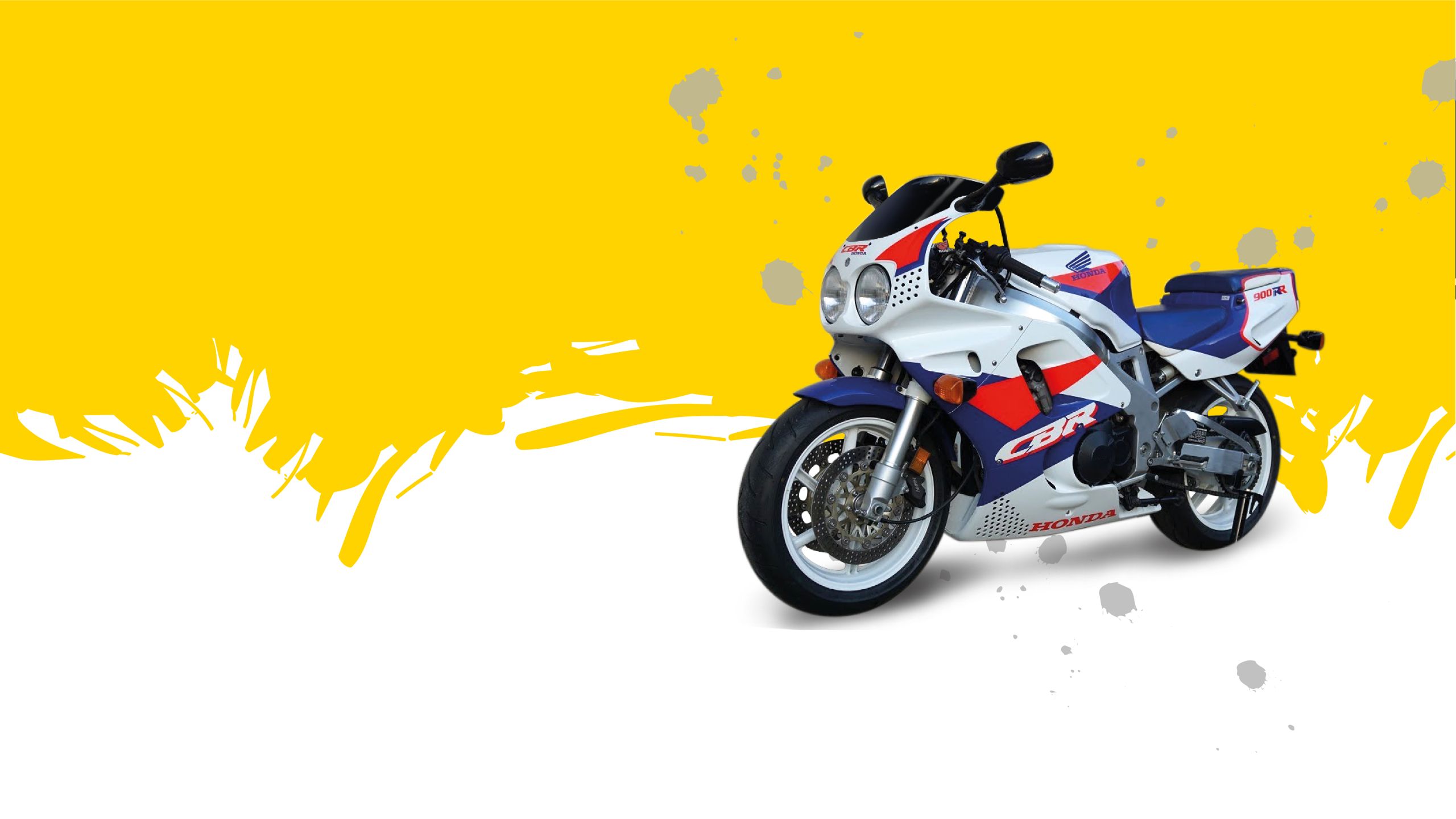

And so the legend began. The Honda CBR900RR FireBlade was launched in the UK in the spring of 1992 costing just £7390. It blew away the opposition and became the benchmark large-capacity sports bike for years to come: Honda even made it look malevolent in a beautiful colour scheme of black and gunmetal, even if the original red/white and blue was the most popular.
History shows that the FireBlade didn’t have things its own way and the bike had to be continually developed to stay ahead of the chasing pack. In had come improved suspension and gear-change for the 1994/95 RR-R/RR-S model – along with new aesthetics which changed the twin-headlight stare of the original Blade into a lupine-like ‘Foxeye’ look, with a multi-reflector headlight arrangement. Further updates for the RR-T/V of 1996/97 gave the Blade increased capacity (now up to 918.5cc) along with still more suspension improvements and more relaxed ergonomics. With 1998/99’s RR-W/X, in came another visual update and around 128bhp but by this time the opposition had caught up, so it was back to the drawing board for the new Millennium’s FireBlade.


For the 2000 model year things changed completely: in came a 929cc motor with fuel-injection and around 150 claimed horsepower. Also, a 17-inch front wheel with fashionable upside-down forks was used at last (Baba-san had previously dismissed these for being too heavy, using a 16-inch front with conventional forks.) The bike was a massive improvement and would win praise for its balance of power and performance for the road even if the looks went in a new direction for the Blade.
Tadao Baba’s final Blade was the 2002-2003 954cc model, which once more grew in capacity and featured updated suspension and chassis parts and a more refined fuel-injection system. There was also an almost shark-like grace to the aesthetics and again journalists praised its overall performance even if now the Blade was giving away some cubic capacity to its litre-class rivals. With him finally retiring, the 954 model was the final CBR900RR to have the capital ‘B’ in the middle: this was substituted with a lower-case ‘b’ in Baba-san’s honour.
2004 saw the release of an all-new CBR1000RR – with design cues and chassis development taken from Honda’s all-conquering RCV211V MotoGP machines: finally the Fireblade would be a full capacity litre-class sports bike. The new 998cc, 170bhp motor was held in place by a GP-derived frame while a ‘longer’ style swingarm helped with traction. Also in came the HESD or Honda Electronic Steering Damper and a GP-aping ‘centre-up’ under-seat exhaust can. For 2006 tweaks were made to the CBR1000RR, seeing changes to gearing and some lighter cams to help with better low-down torque.
Kyoichi Yoshii was the man in charge of the RR-8 which was the next major iteration of Fireblade for 2008. He said that the design team wanted to get back to the original aims for the first Blade.
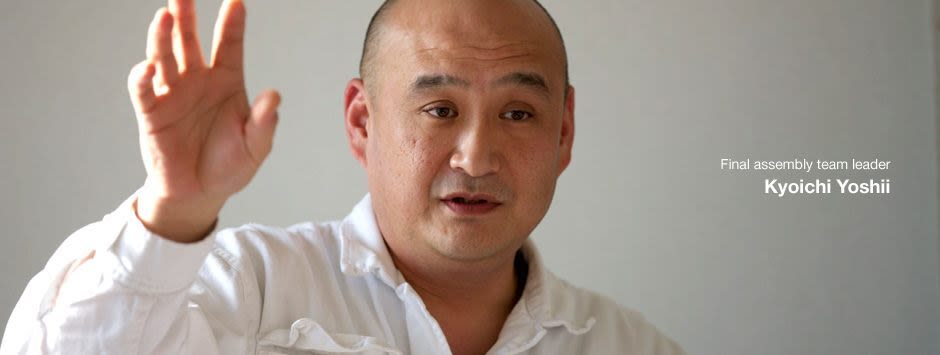
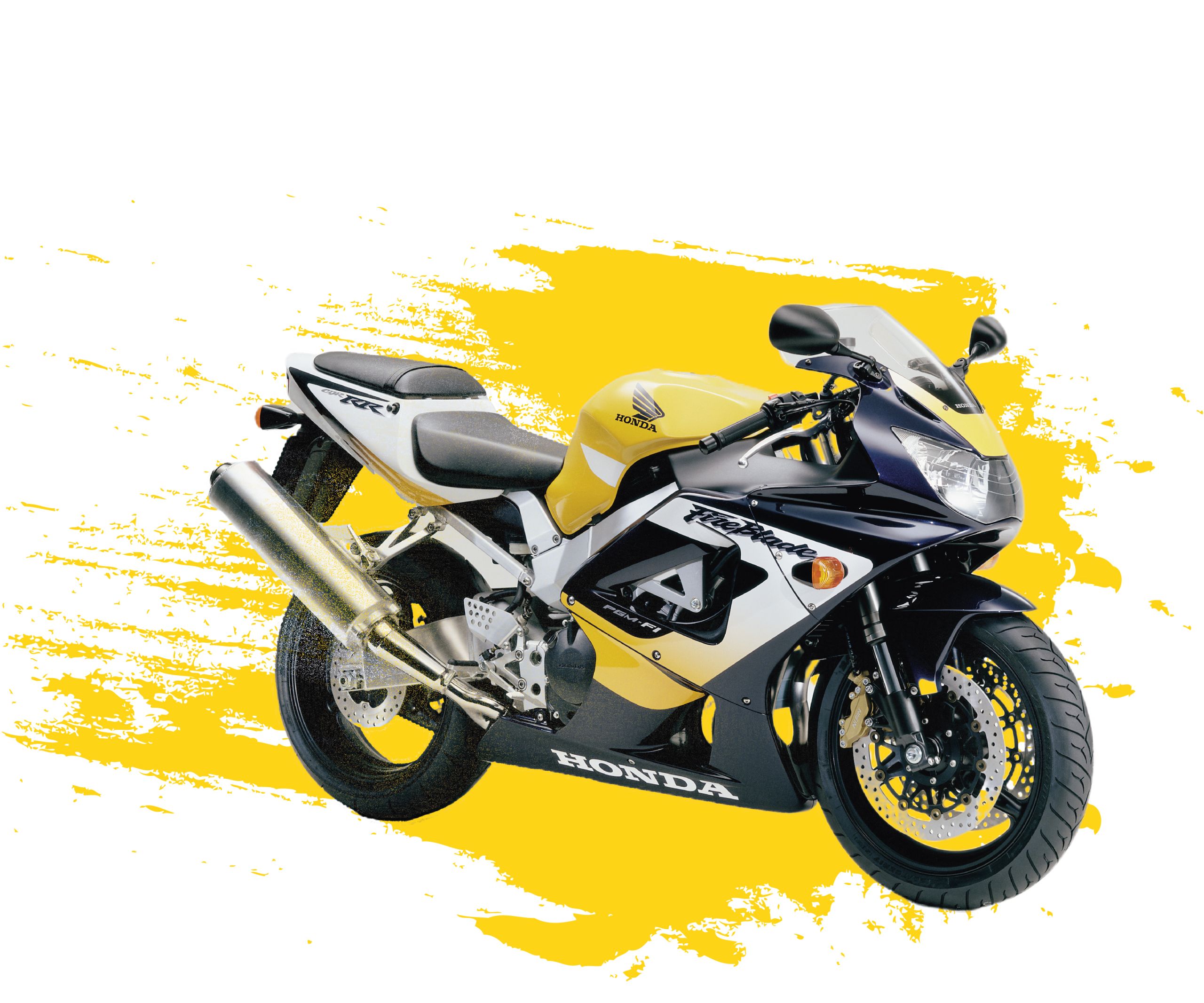
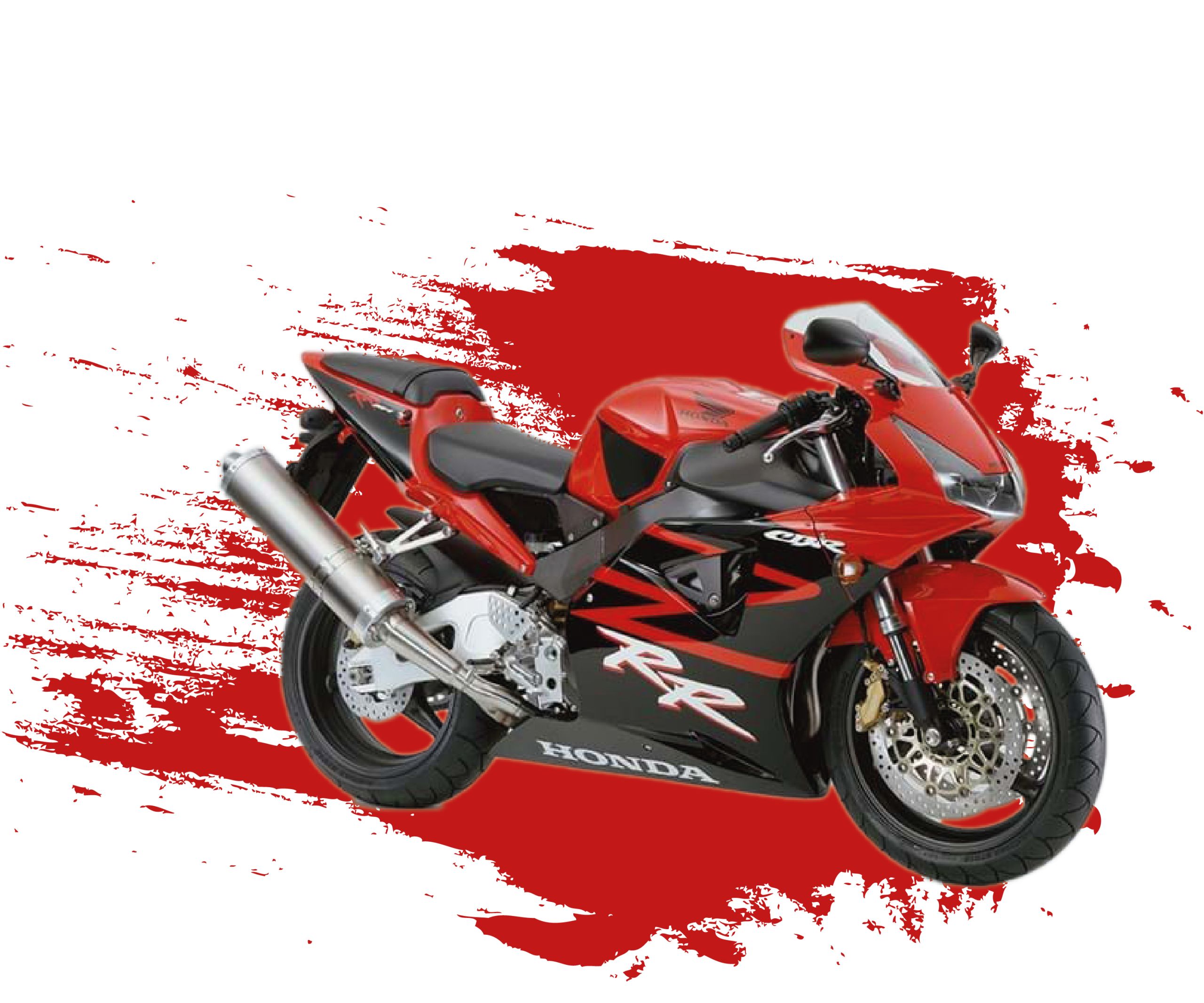
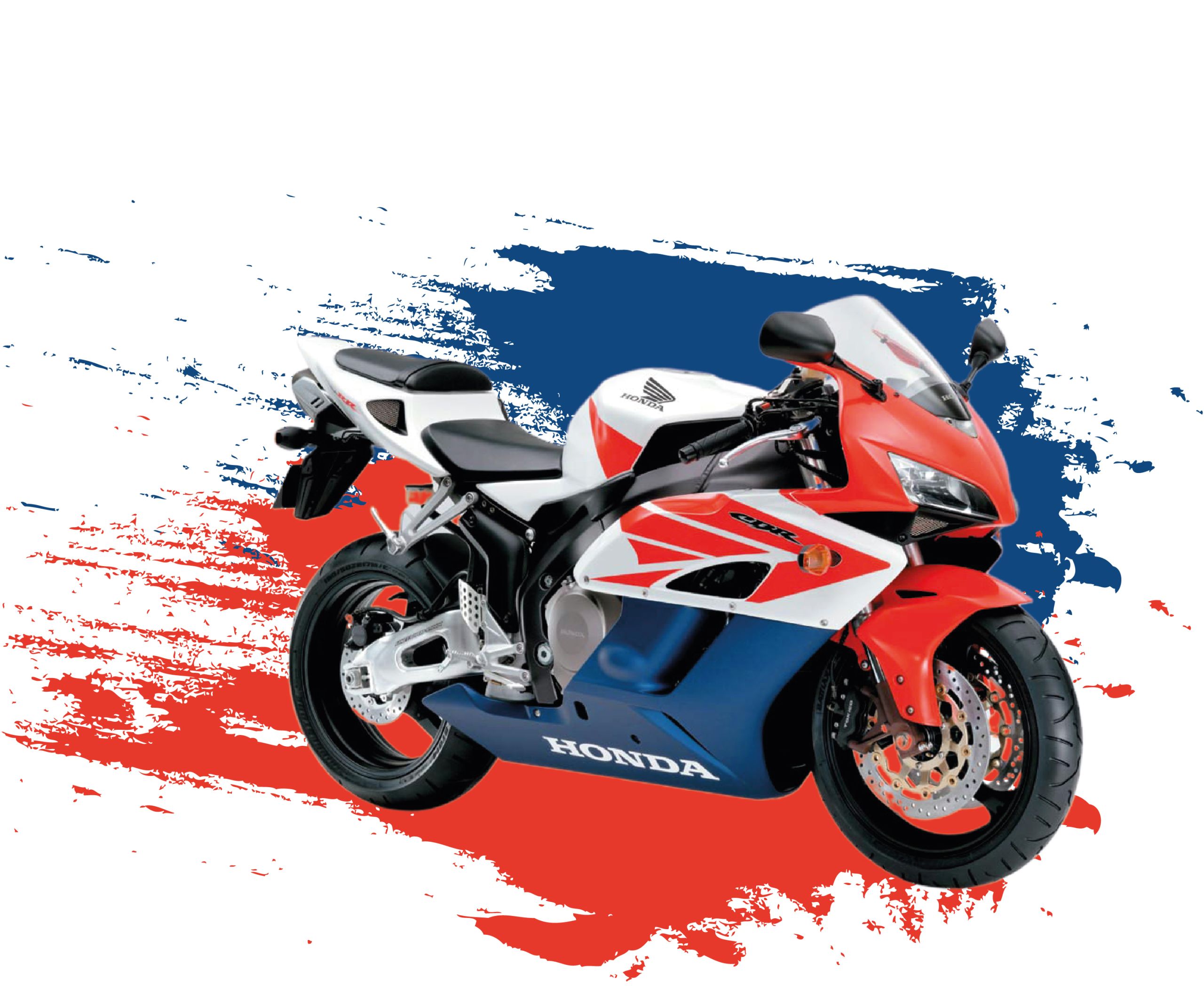

Once more the aesthetics were revised heavily: the exhaust was moved to the under-slung position while motor changes added around 5bhp to the outright power output. The chassis was also improved with full Monobloc Tokico brake calipers, offering a big performance increase over the previous model’s anchors. Once more this model was well received by press and public alike, winning many group tests but – with the shadow of economic recession hanging over the world – this Blade would only see mild updates for a number of years.
For 2009 the Fireblade got C-ABS or the Combined Anti-Lock Brake System while the overall machine got a major overhaul for the 2012 model year. This time the rounded look of the Blade was given a more angular edge. Improvements to the suspension came with the addition of Showa’s BPF or ‘Big Piston Forks’ and the GP derived Balance-Free Rear Cushion Shock. In the motor not much changed – there were still no major electronics added to the bike, such as anti-wheelie or traction control – instead fuel-injection changes refined the overall feel in the bottom 25% of throttle openings.
2014 saw further additions, including the unveiling of an ‘SP’ or Sports Production variant of the Fireblade. Power was now up to around 178bhp on the SP version (3bhp up on standard) thanks in part to blueprinting the motor. For the SP, suspension was the very best Ohlins at the front and rear. Brembo Monobloc calipers replaced the standard bike’s Tokico set-up. At anything between £15-£15,500 for the SP – it depended on whether you wanted C-ABS – it was a £3000 premium over the standard model, but the suspension alone more than justified it.
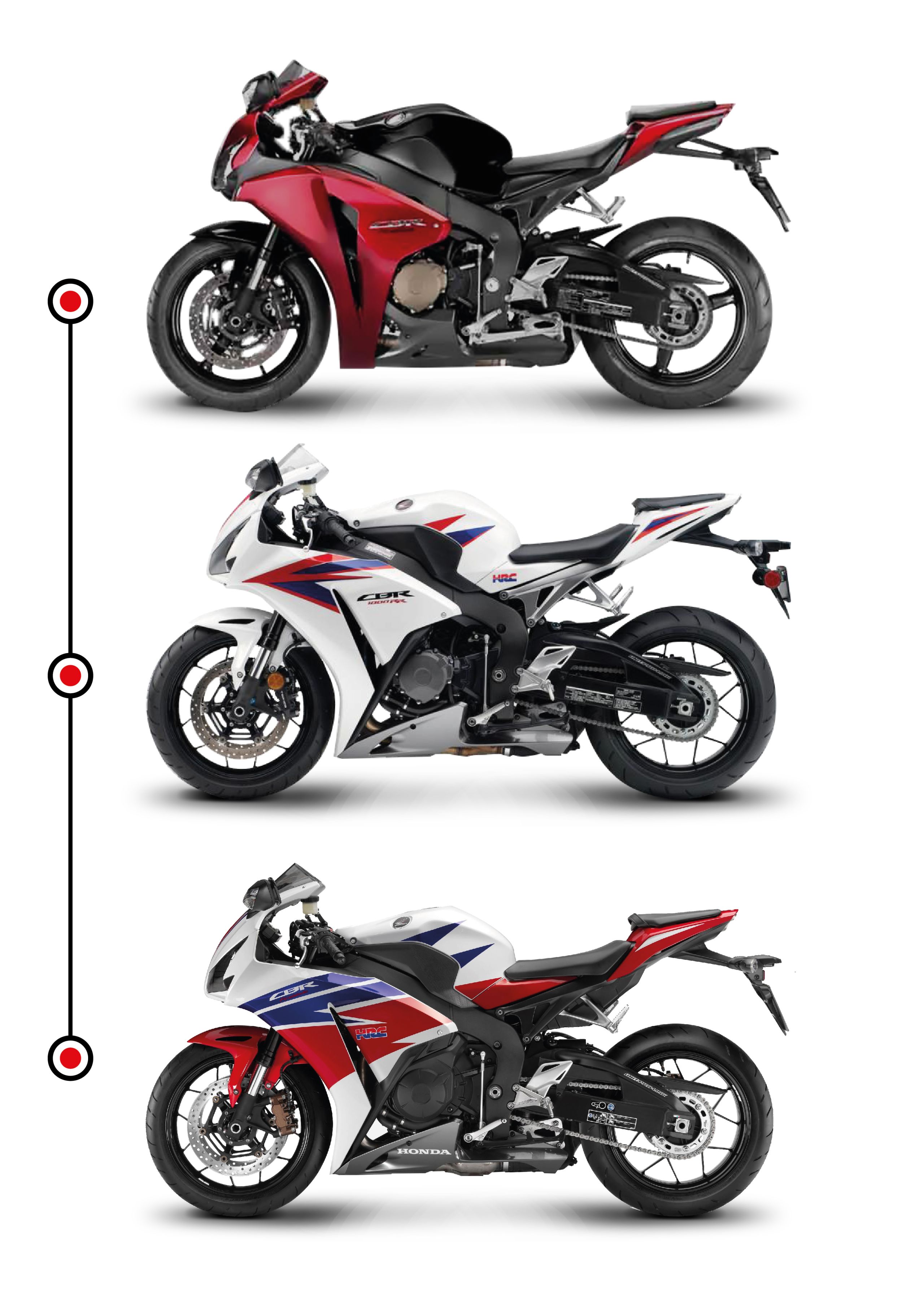
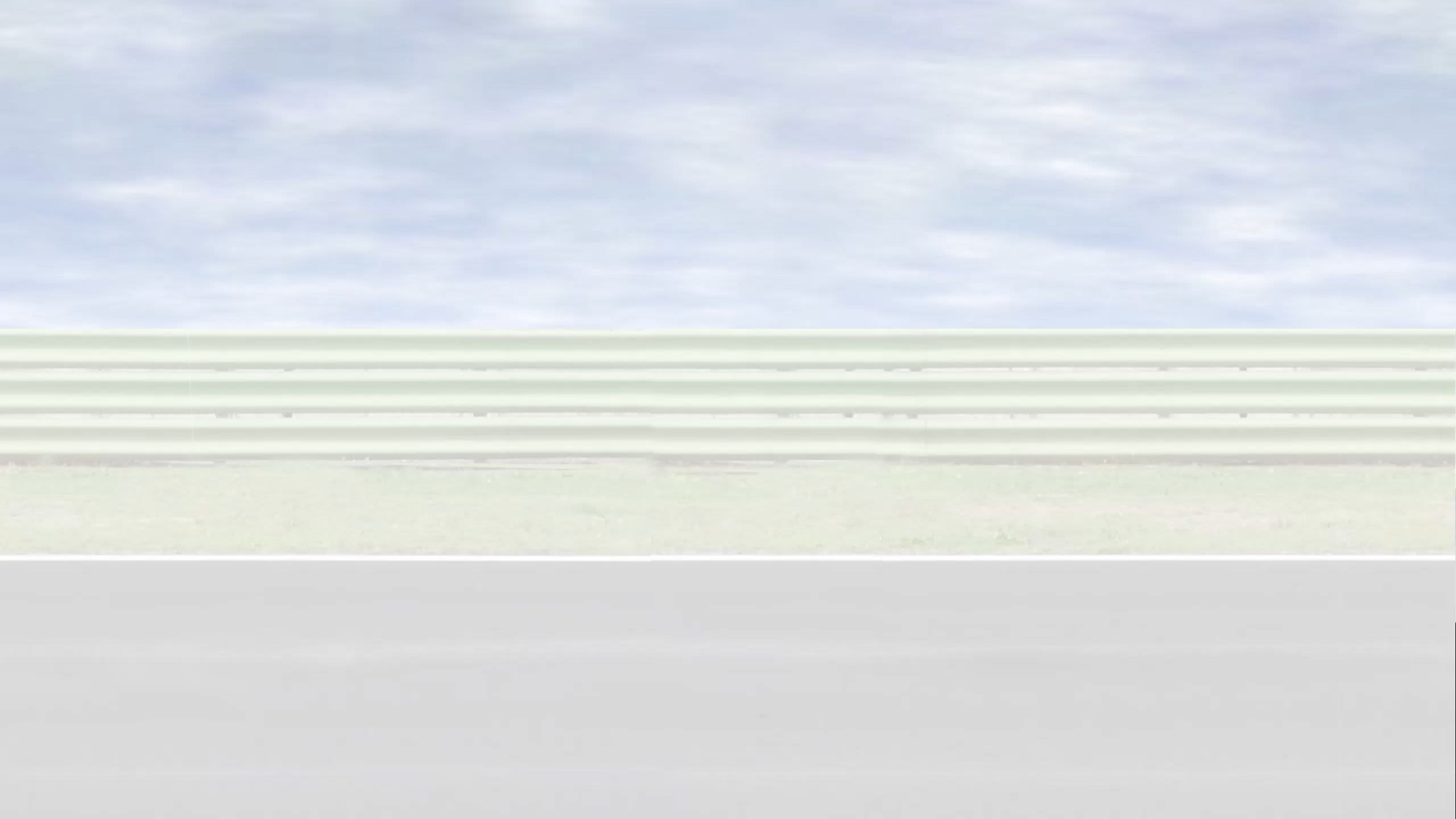

A sea change in Fireblade design came with the 2017 model. This was a ground-up design, offering three versions as the basic RR model, the SP and the homologation racer, the SP2. The engine on the RR and SP were effectively the same, with the SP2 model being a kilo lighter overall at 195kilos. The SP had semi-active Ohlins, Brembo calipers over the RR (compared to Kayaba forks and Tokicos) and it also got the titanium fuel tank shared with the SP2. Electronics were finally in the whole package with a five-axis IMU (Inertial Measurement Unit) offering a bewildering array of tech, including a nine-level Honda Selectable Torque Control (HSTC), Bosch ABS with allied Wheelie Control and Rear Lift Control. The bike even had three rider modes, five levels of power delivery, three levels of wheelie control and three levels of engine braking… the game had moved on.
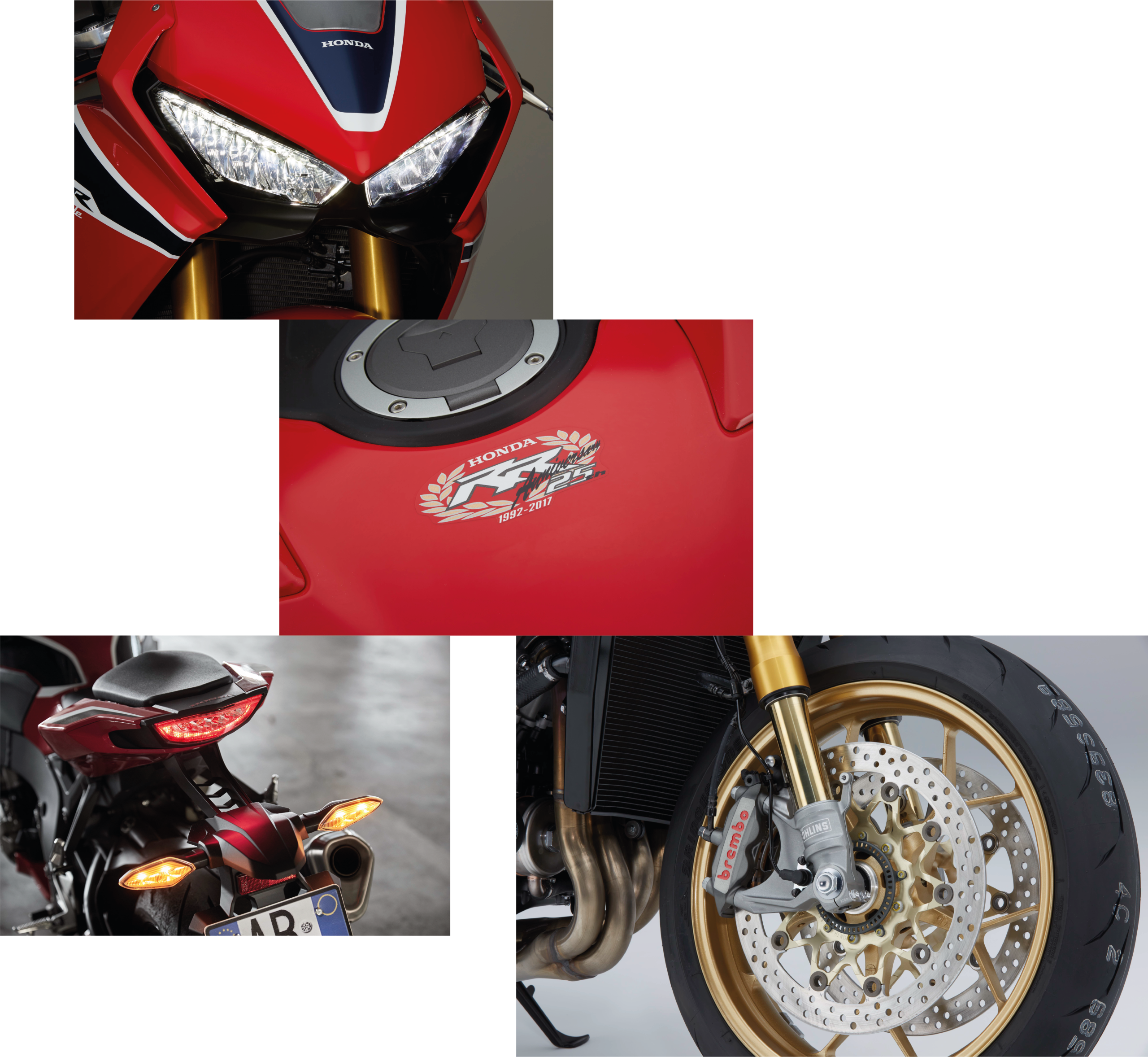
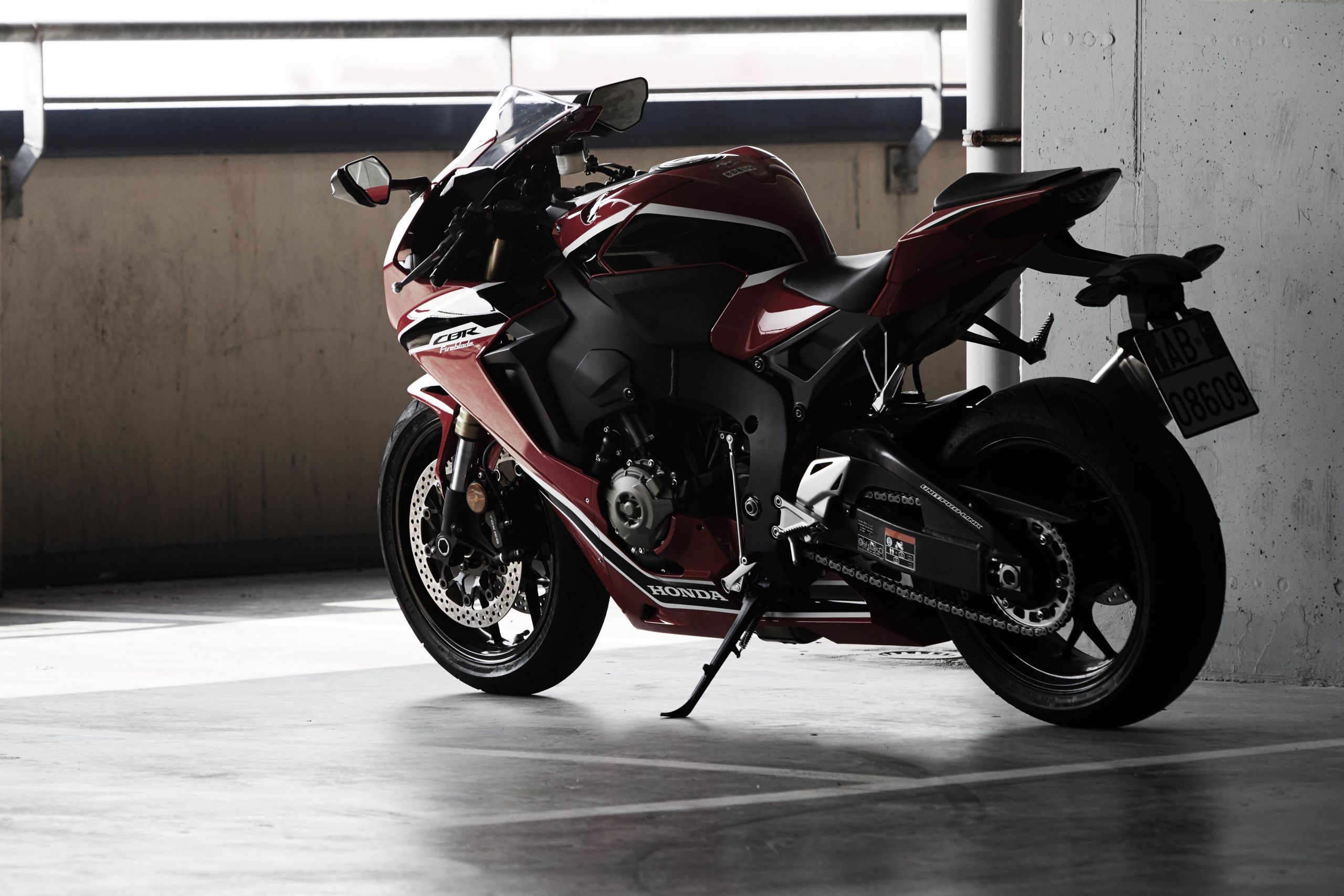
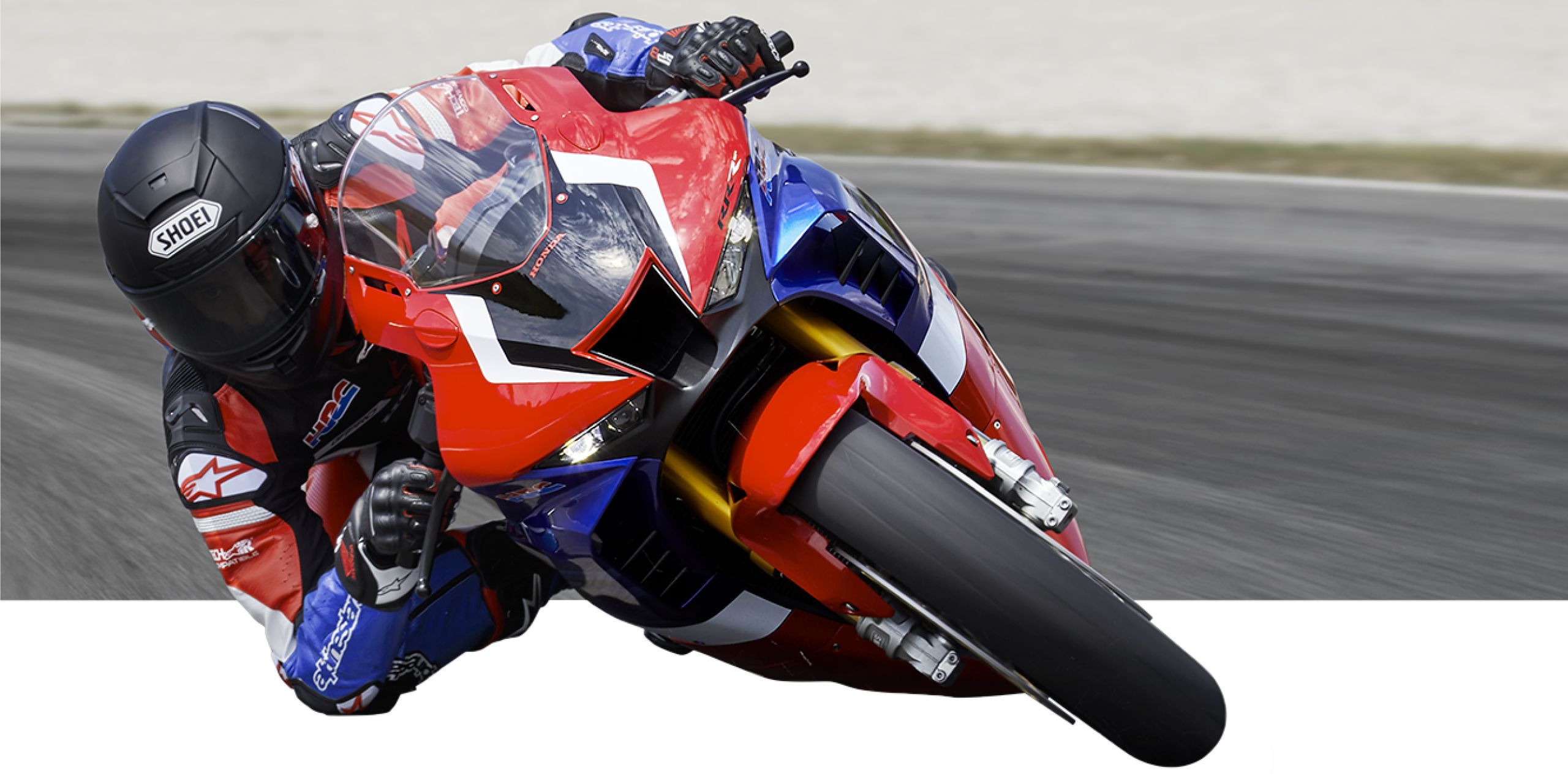
For 2020 Honda has unleashed the latest bike to carry the iconic name of ‘Fireblade’ and it’s more than worthy of the name: this is the most powerful and most technically advanced Blade yet…
This new Honda CBR1000RR-R offers more claimed power than the opposition: around 215bhp at a dizzy 14,500rpm: that’s around 100bhp up on the original Blade and all thanks to engine tech gleaned in Honda’s dominance of MotoGP. This time there are two bikes in the range – the RR-R and the RR-R SP. Project Leader Yuzuru Ishikawa was responsible for both the 2002 RC211V and the 2016 RC213V-S road version – so it’s little wonder that this is a focused machine with a high-revving power output.
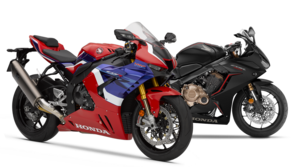
The electronics now feature a six-axis IMU, with launch control, nine traction control modes and (for the SP) a quick-shifter which works both up and down the gearbox. You’ve also got a keyless ignition system and full-colour display, while the suspension is Showa with Nissin brakes on the RR and Ohlins electronic control suspension and Brembo brakes on the SP.
All of this and more promises to make the Honda CBR1000RR-R the best Fireblade yet seen.
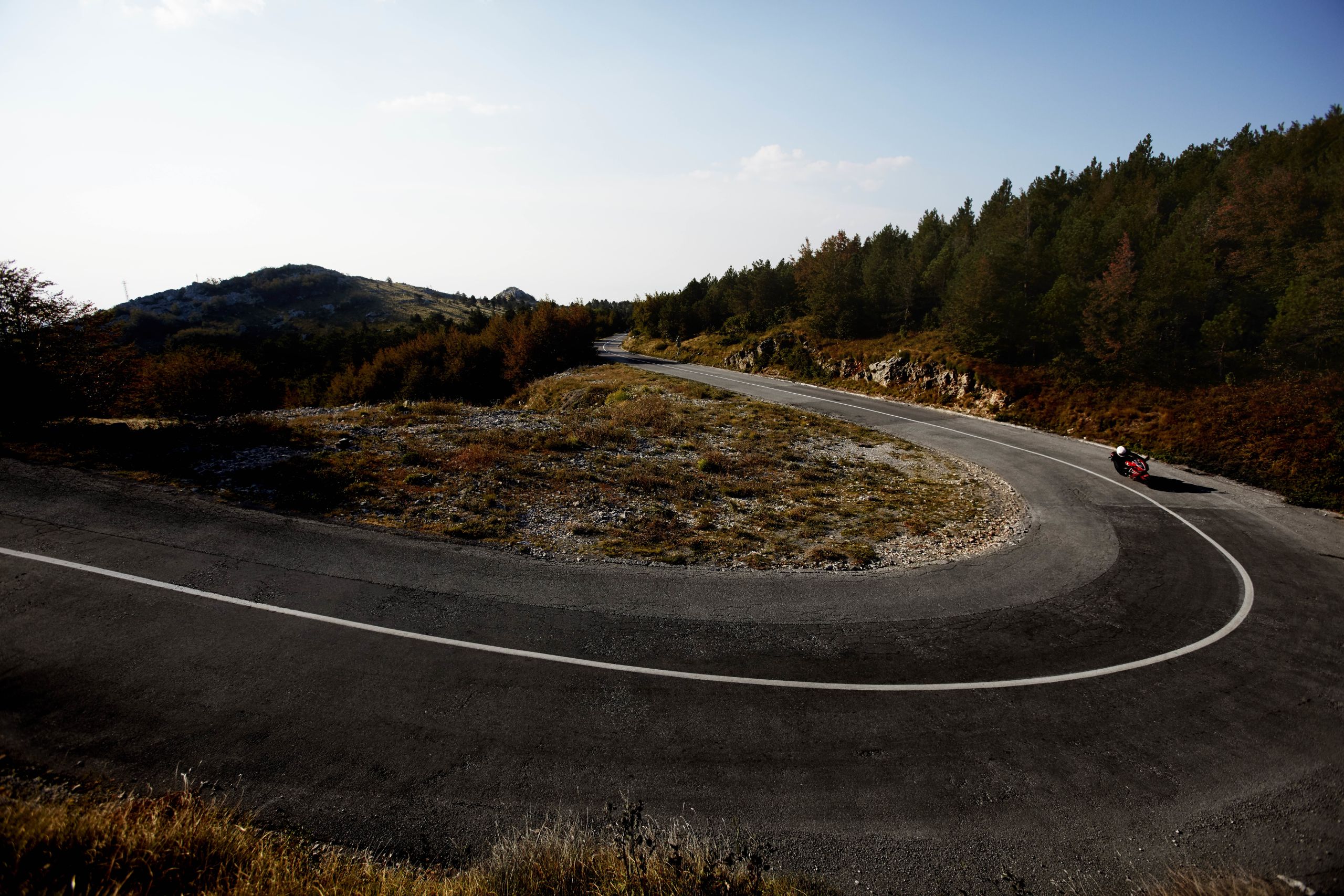
For 2020 Honda has unleashed the latest bike to carry the iconic name of ‘Fireblade’ and it’s more than worthy of the name: this is the most powerful and most technically advanced Blade yet…
This new Honda CBR1000RR-R offers more claimed power than the opposition: around 215bhp at a dizzy 14,500rpm: that’s around 100bhp up on the original Blade and all thanks to engine tech gleaned in Honda’s dominance of MotoGP. This time there are two bikes in the range – the RR-R and the RR-R SP. Project Leader Yuzuru Ishikawa was responsible for both the 2002 RC211V and the 2016 RC213V-S road version – so it’s little wonder that this is a focused machine with a high-revving power output.

The electronics now feature a six-axis IMU, with launch control, nine traction control modes and (for the SP) a quick-shifter which works both up and down the gearbox. You’ve also got a keyless ignition system and full-colour display, while the suspension is Showa with Nissin brakes on the RR and Ohlins electronic control suspension and Brembo brakes on the SP.
All of this and more promises to make the Honda CBR1000RR-R the best Fireblade yet seen.

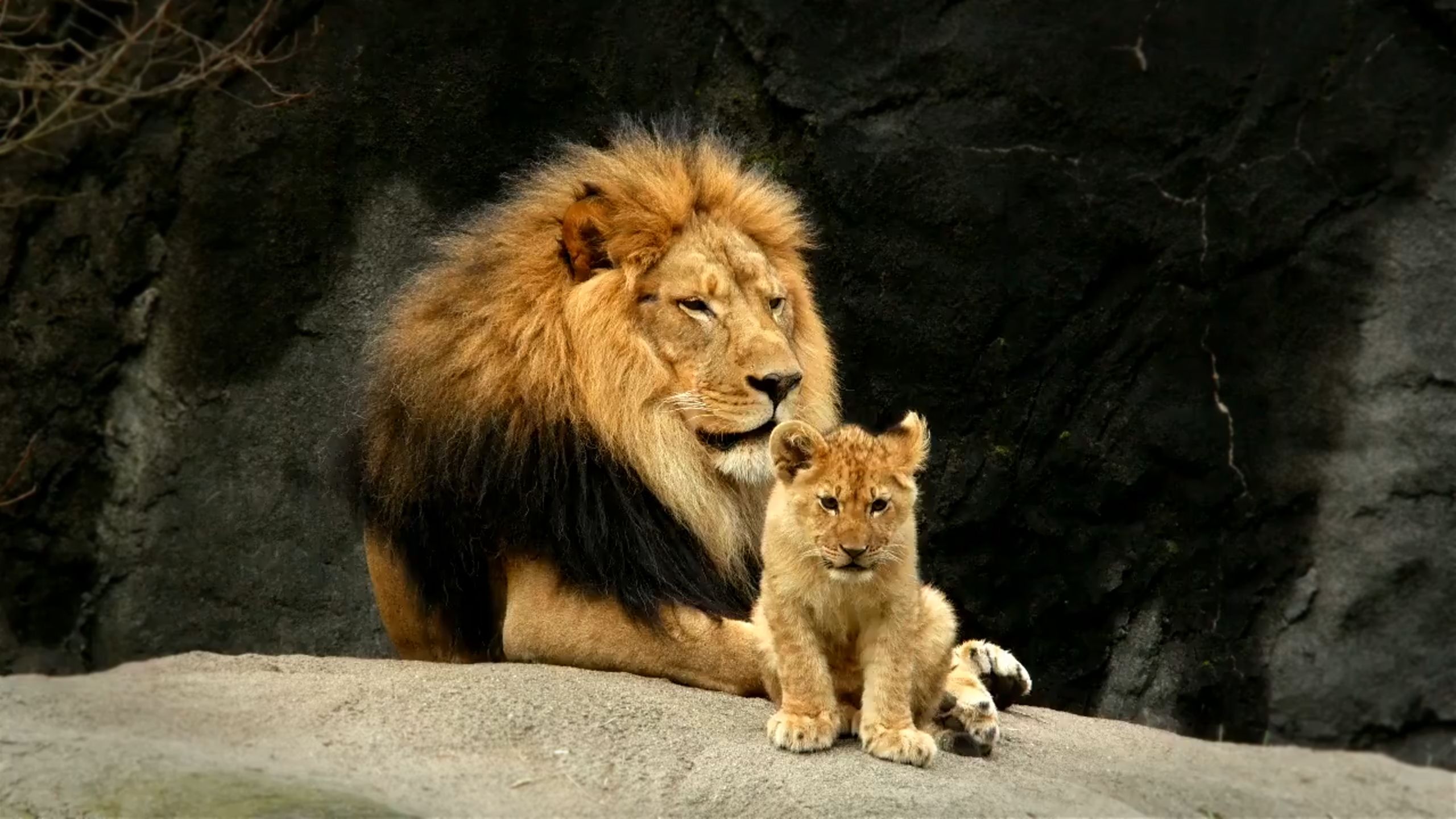

It’s been a strange race journey for Honda’s FireBlade as initially it wasn’t the right capacity for racing, almost anywhere in the world.
With production-based racing classes around the world focused on the 750cc four-cylinder engine layout and the 1000cc V-twin in the early 1990s, it was in the USA where the original 893cc model found most initial success in the relaxed rules of the Formula Xtreme series. It was here that the CBR900RR was able to take titles in the hands of Two Brothers Racing and later the Erion teams, with modified, larger-capacity FireBlades with 180bhp, a host of chassis mods – including 17-inch front wheels and slick tyres and improved suspension and brakes.
In World Superbike racing, changes to the rules for 2003 meant that litre-class superbikes were finally eligible, replacing the 750cc four-cylinder machines, but it wasn’t until 2004 that the Ten Kate team fielded the new CBR1000RR with Aussie ace Chris Vermeulen as rider. He would take wins in his first season, but the title only came to the Fireblade in 2007 with James Toseland in the saddle. More is expected from the new Honda CBR1000RR-R SP in the hands of Alvaro Bautista and Leon Haslam in 2020.
1996 saw a return of the TT Production race on the Isle of Man, a race won convincingly by Phillip McCallen – who was even one of the development bike’s test riders. The Blade would continue its success in the IoM Proddie race with Jim Moodie taking Honda’s 100th TT win in the 1998 Production race.
John McGuinness has helped carve out an astonishing record with the Fireblade. In the ten-year period between 2006 and 2015, Fireblades chalked up an astonishing 20 victories in the Superbike, Superstock and Senior races, with John joined by fellow winners Steve Plater, Ian Hutchinson, Michael Dunlop and Bruce Anstey. The bike also held the outright lap record from 2006 until 2013 and again in 2015, in the hands of McGuinness.
This year Glenn Irwin and his brother Andrew will contest the British Superbike Championship, a series in which Honda and the CBR1000RR Fireblade have enjoyed plenty of success.
It wasn’t until the early 2000s that litre-class bikes were introduced in the blue riband class with a HRC-backed team joining the series in 2005 with Michael Rutter and Ryuichi Kiyonari. Just one season later the Fireblade finally won the 2006 BSB title in the hands of the Japanese rider. Forever linked with the Blade, King Kiyo would win all three of his BSB titles on the HM Plant Honda CBR1000RR in 06, 07 and 2010. It took a further title with the Samsung-backed Fireblade ridden by Alex Lowes in 2013.
In the more stock ‘production based’ classes, in the UK things began to pick up following the 1996 Production TT. A ‘Powerbike’ series would hit the UK’s short circuits in the late 1990s to give these large capacity four-strokes somewhere else to race other than the Isle of Man. The series would soon become the ‘Superstock’ title and as rules changed to be more based on the showroom machine and the capacity of the Fireblade changed, it would be Steve Brogan on the HM Plant RR-8 model who would take the title in 2008.
